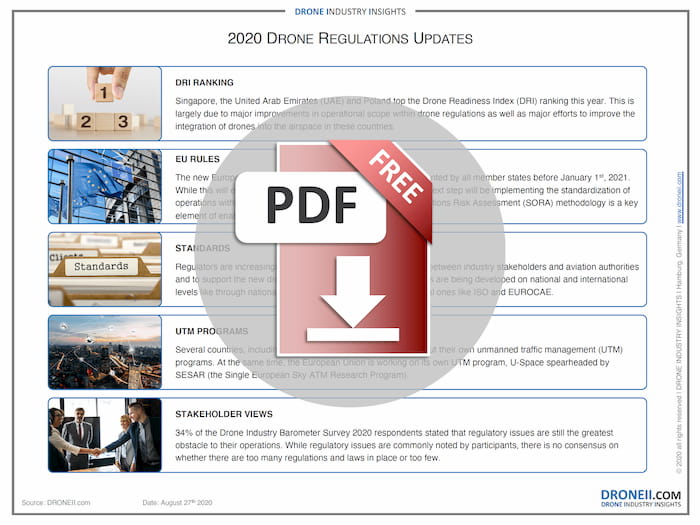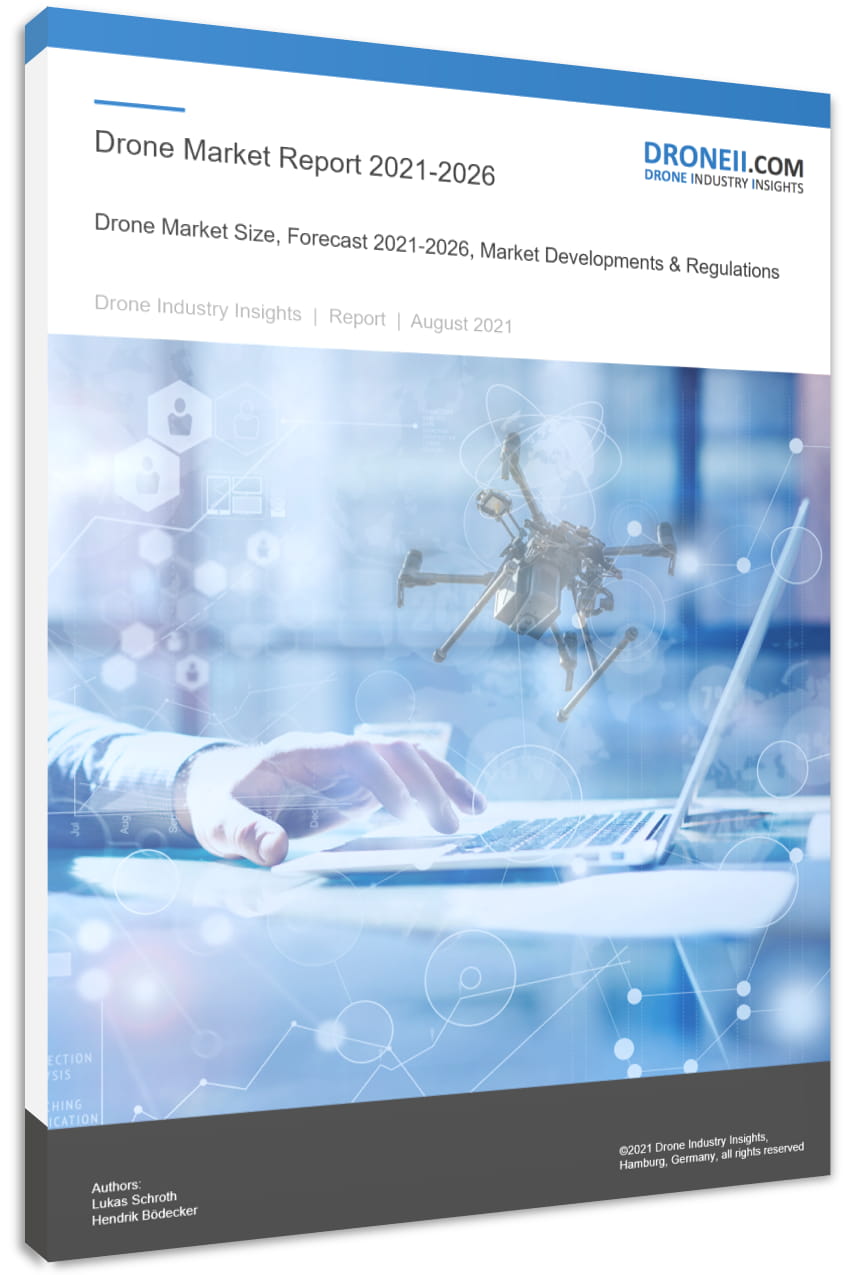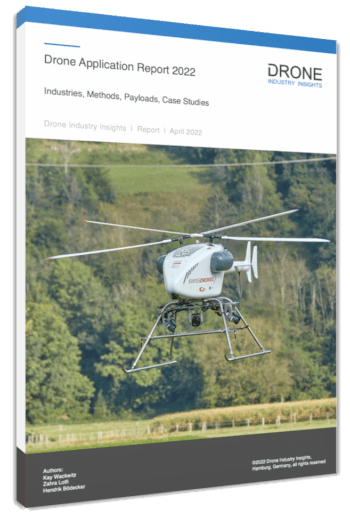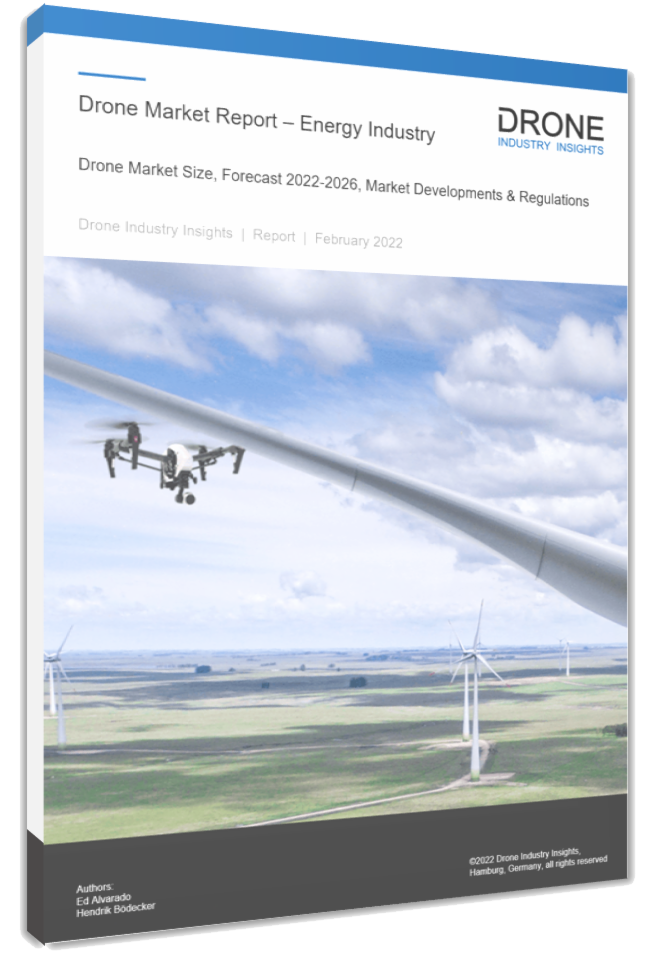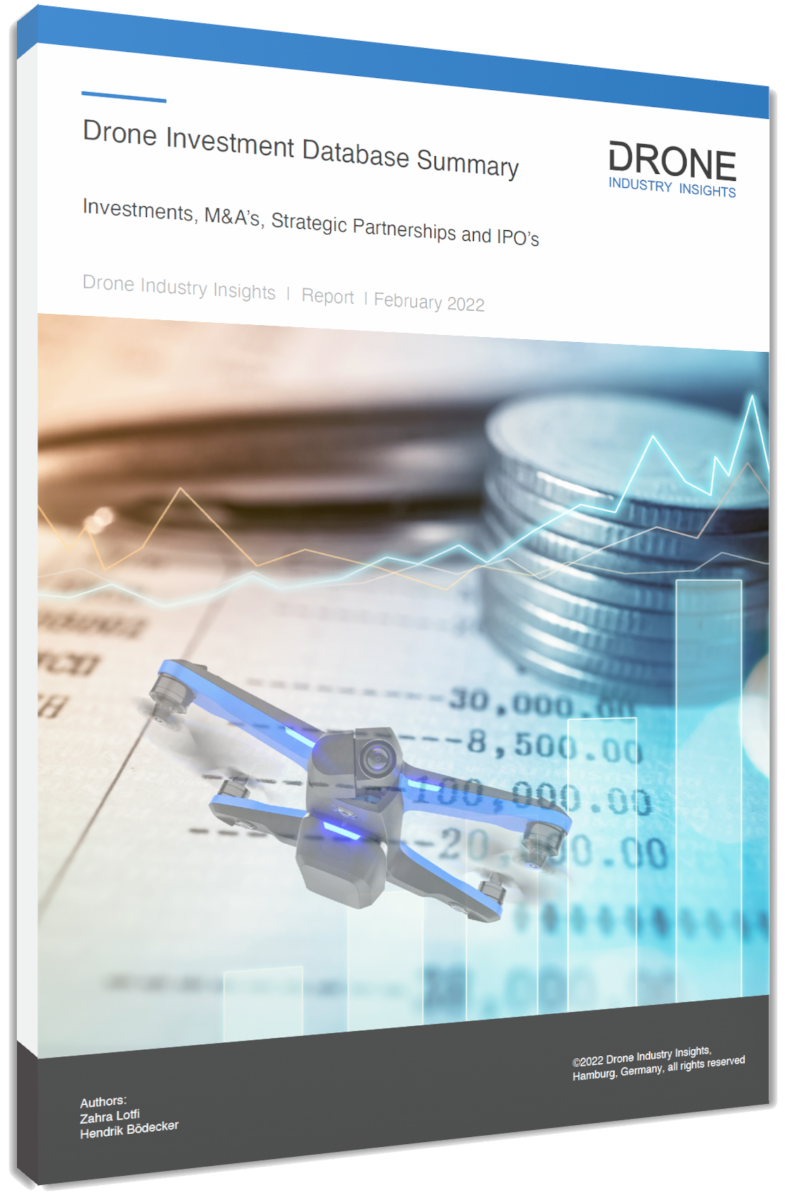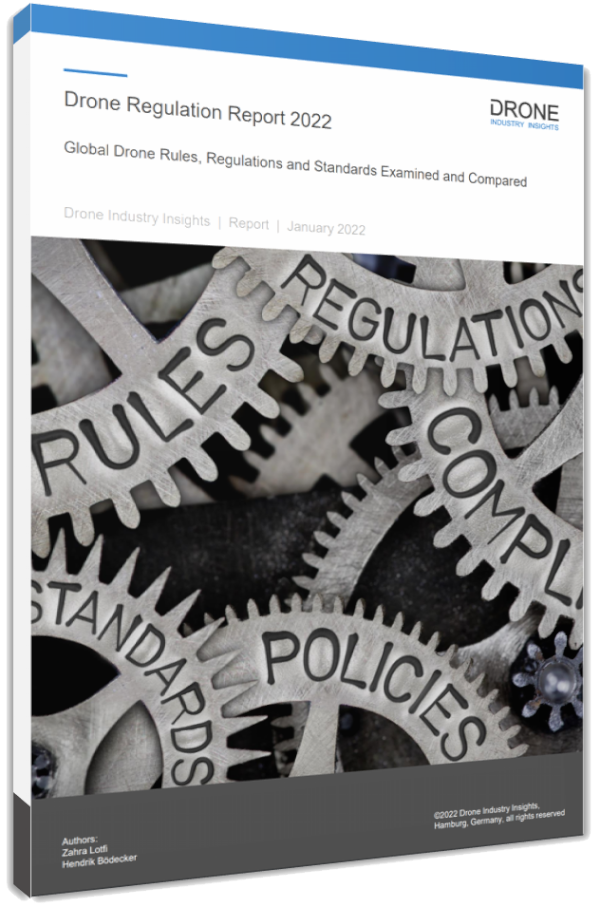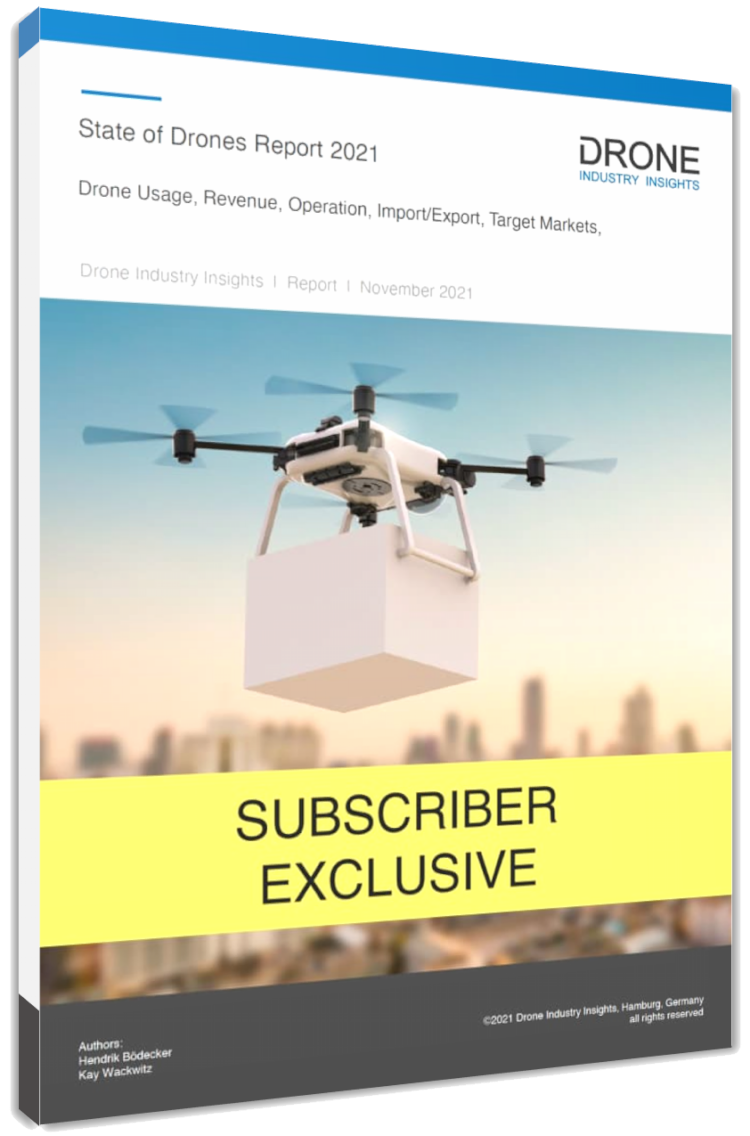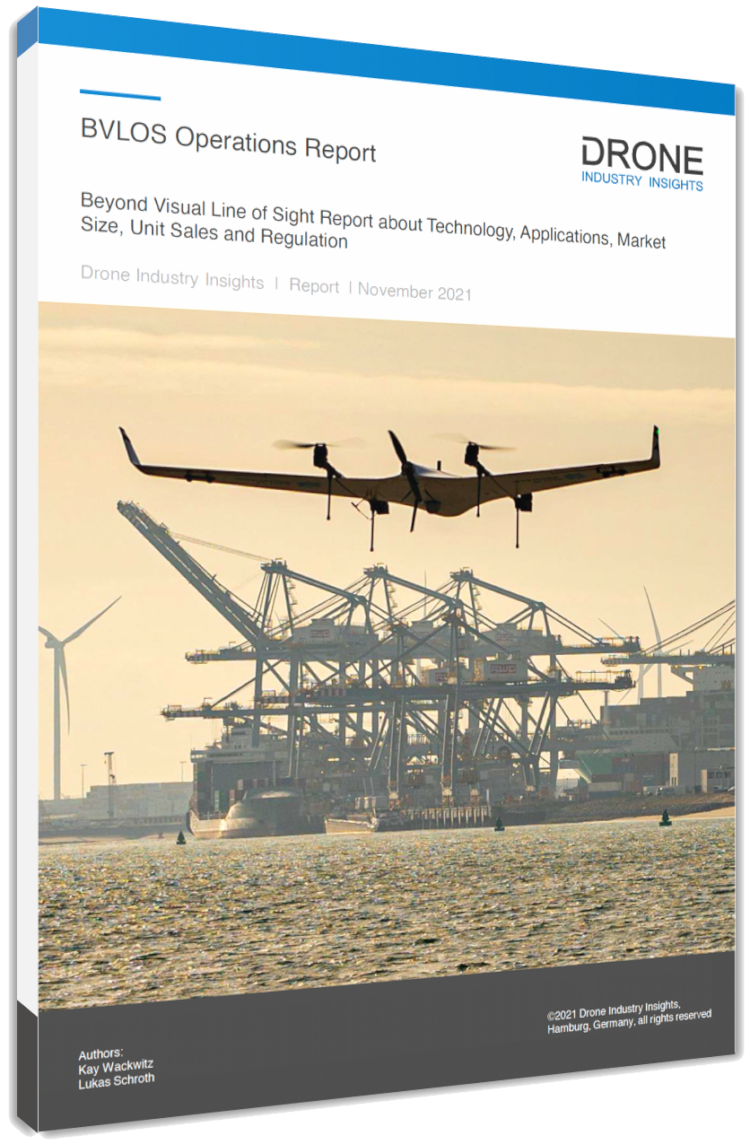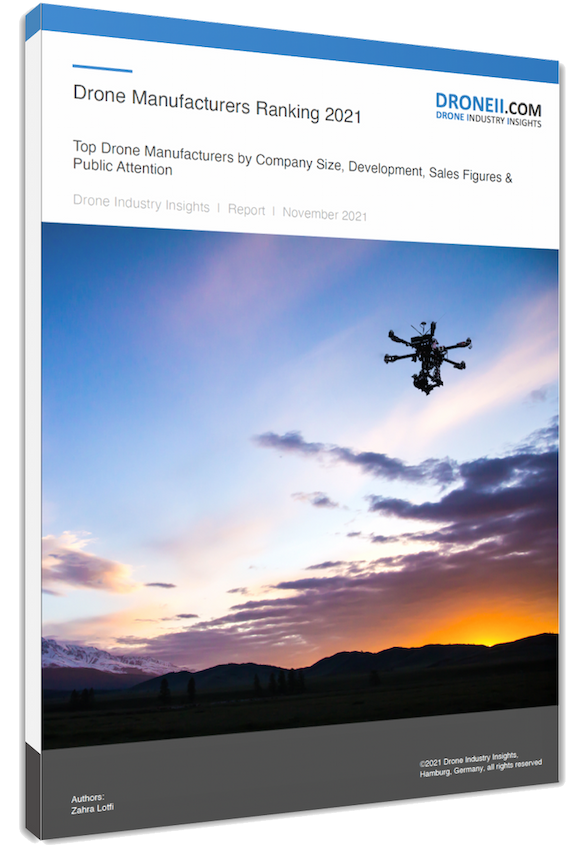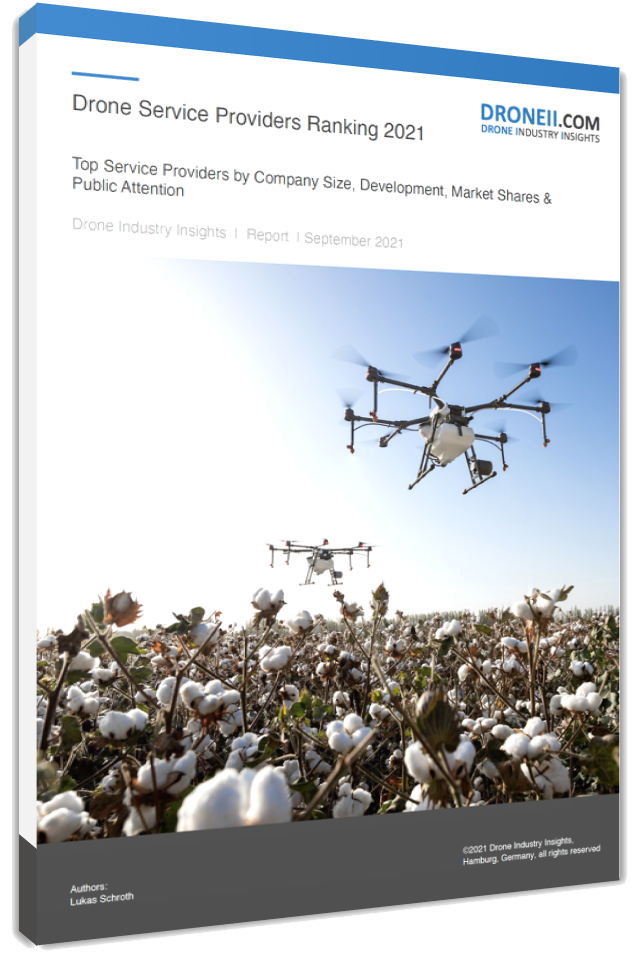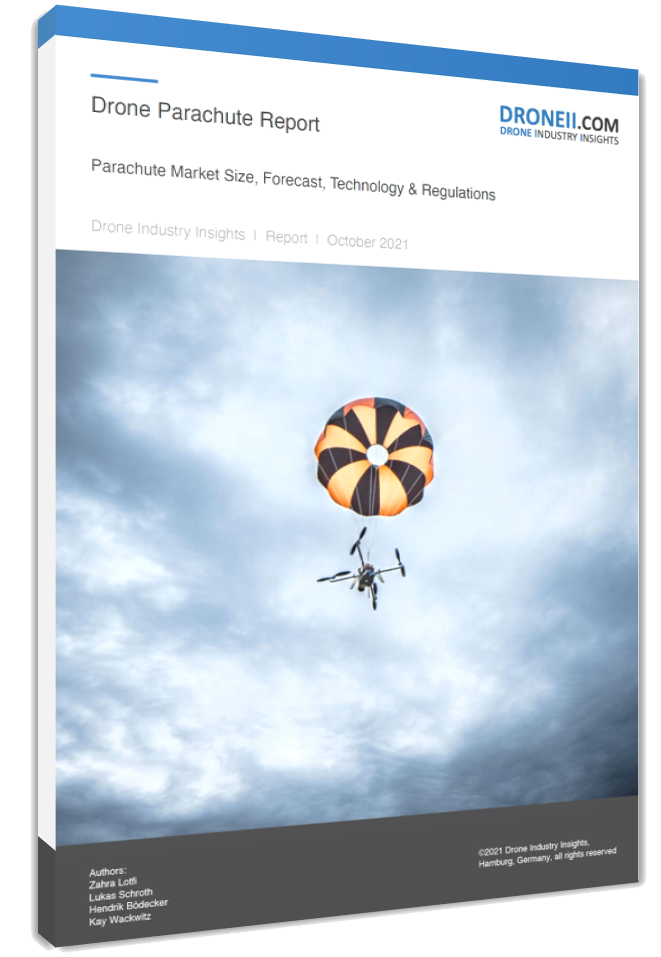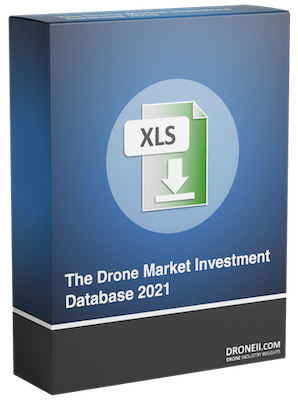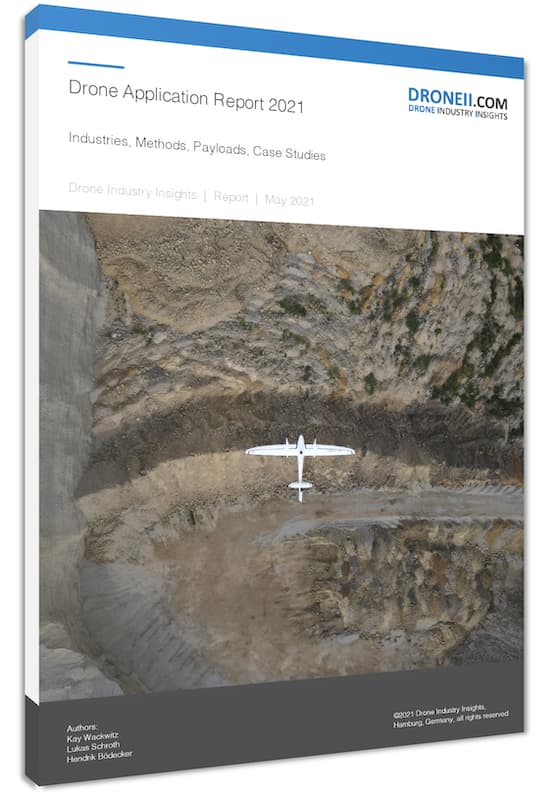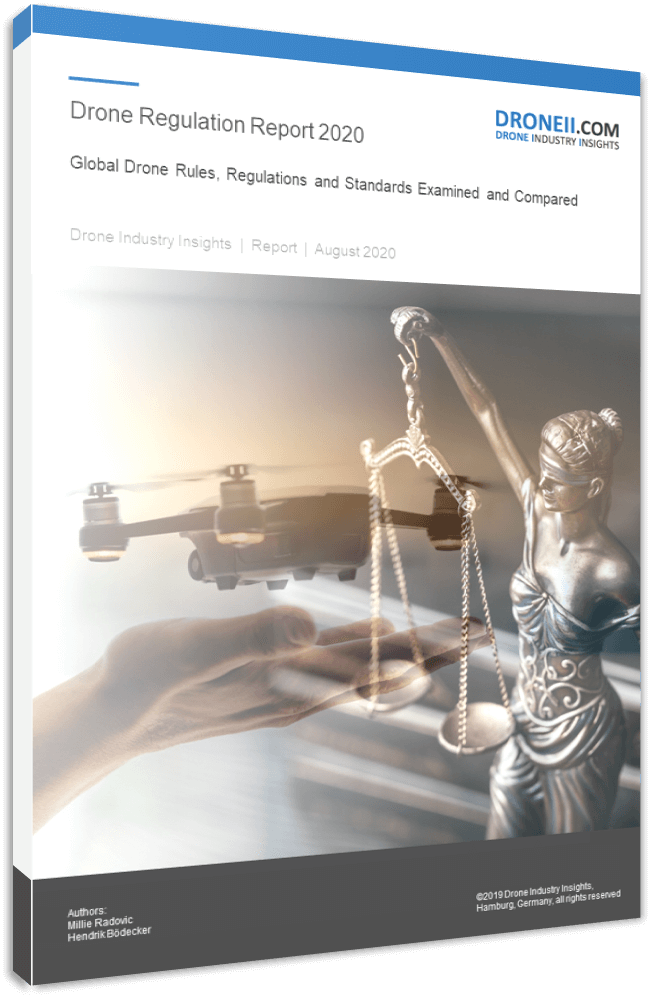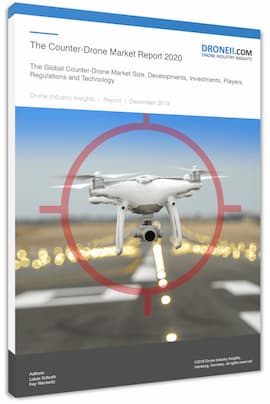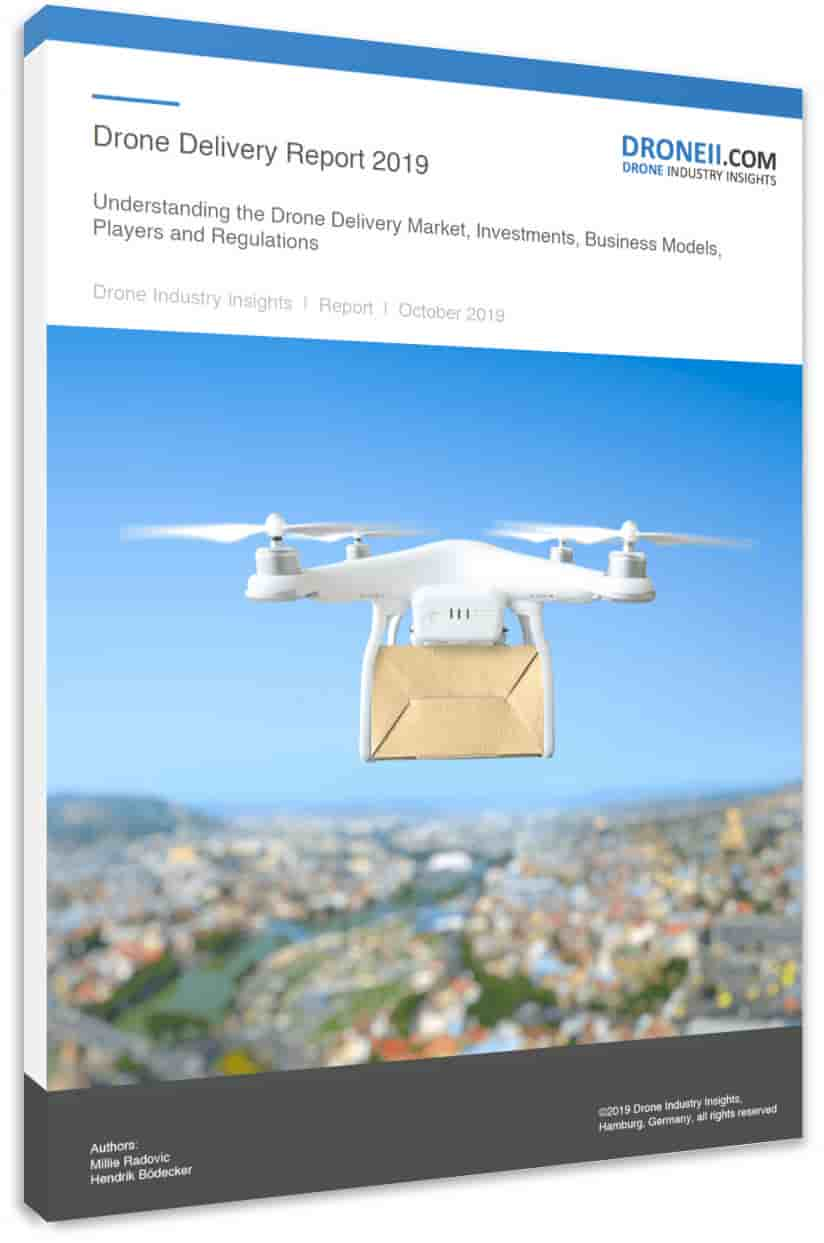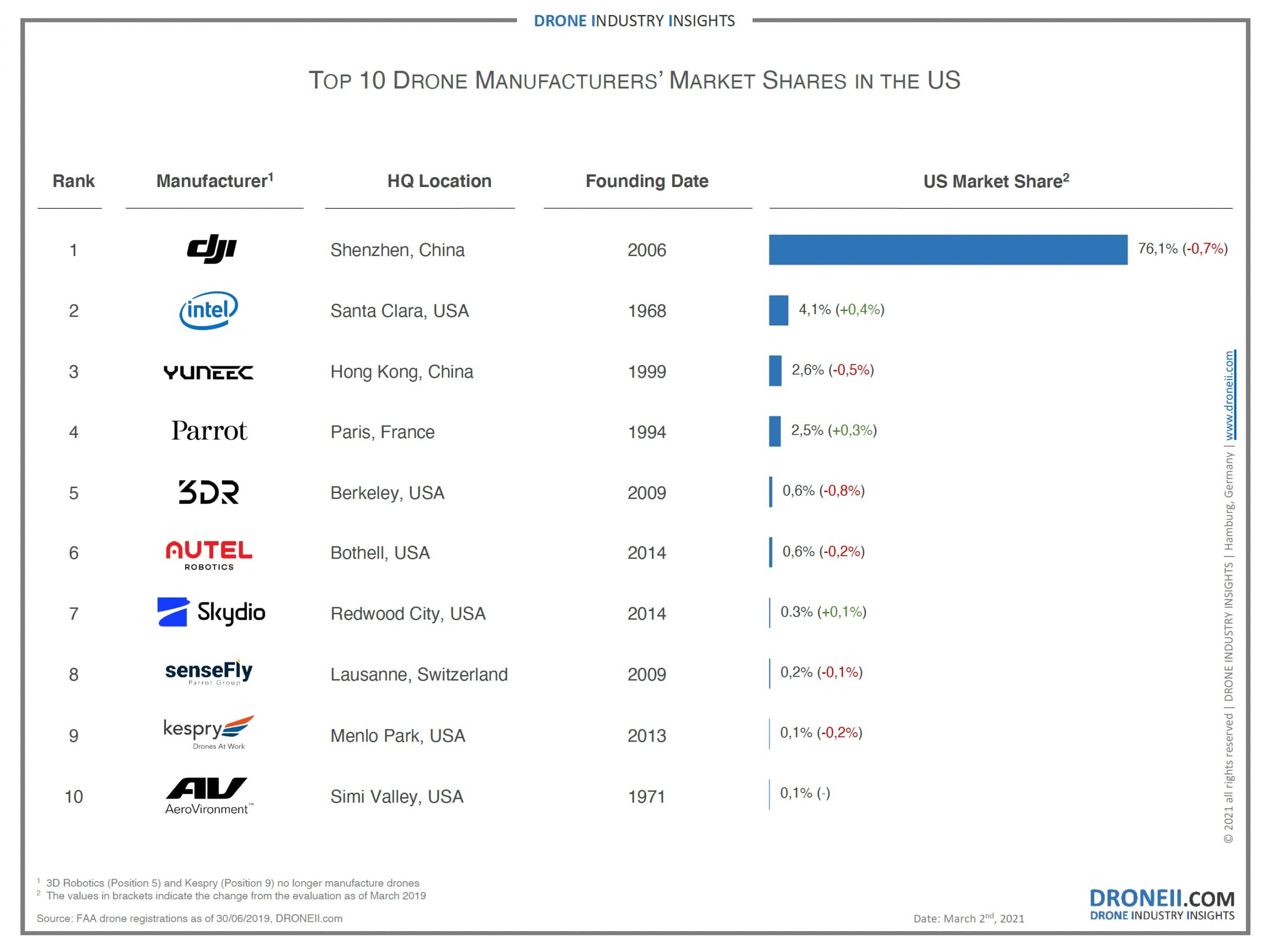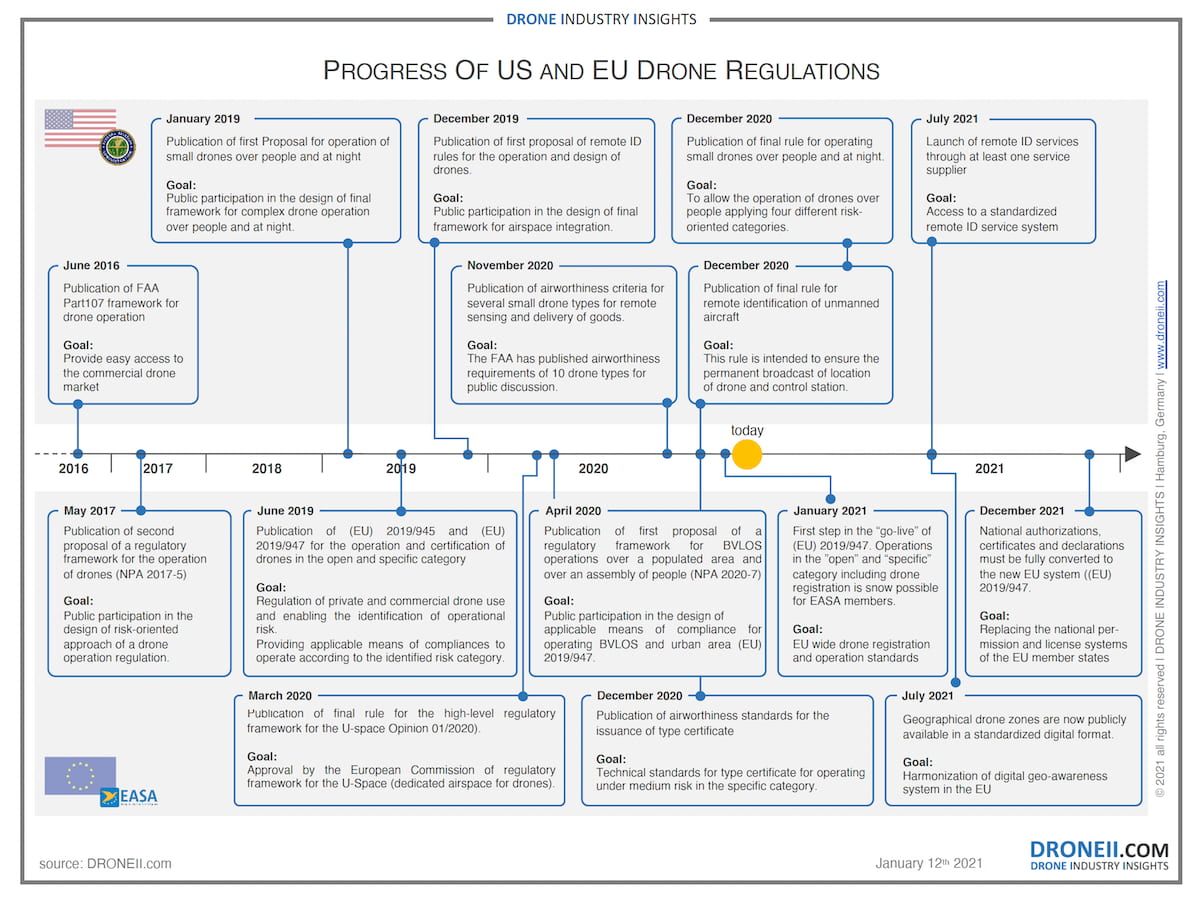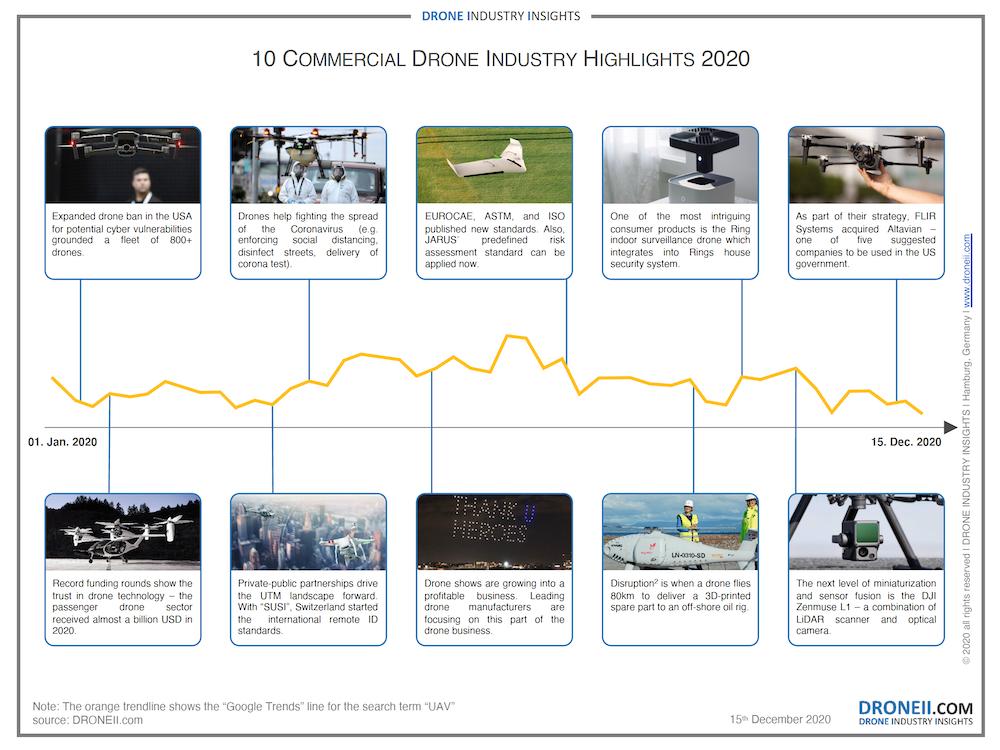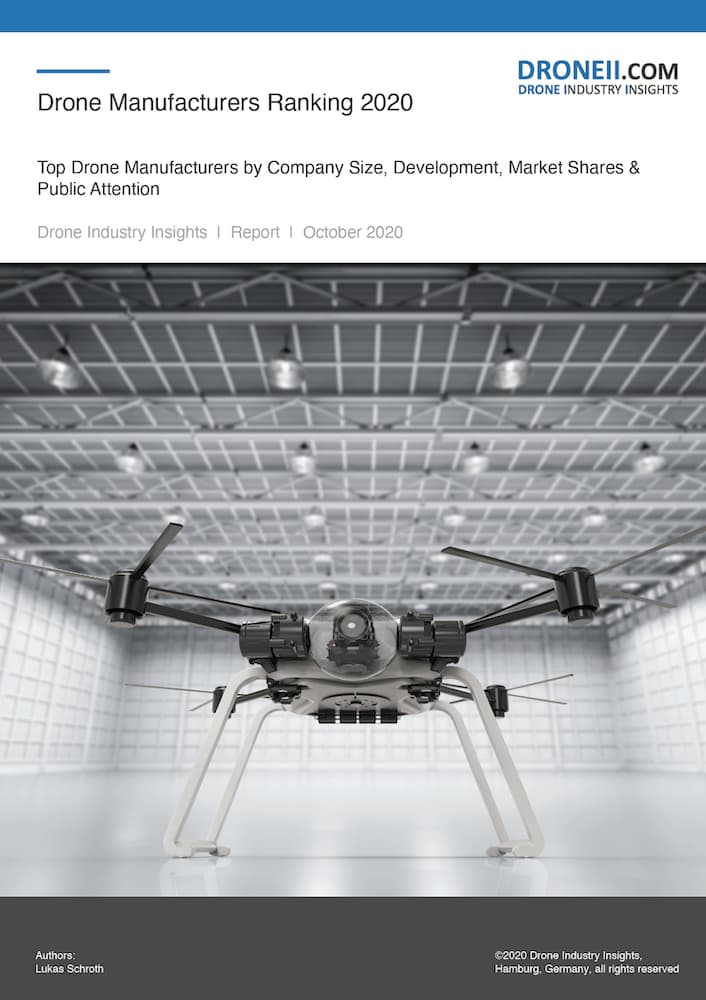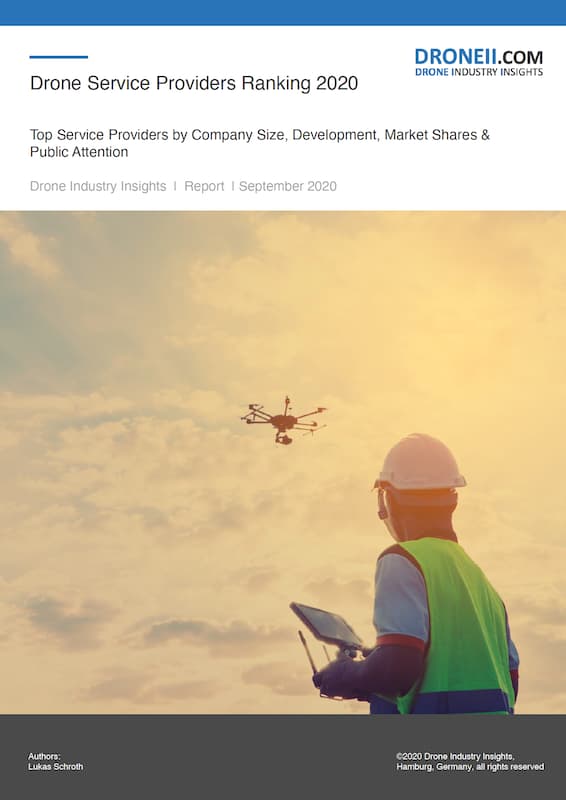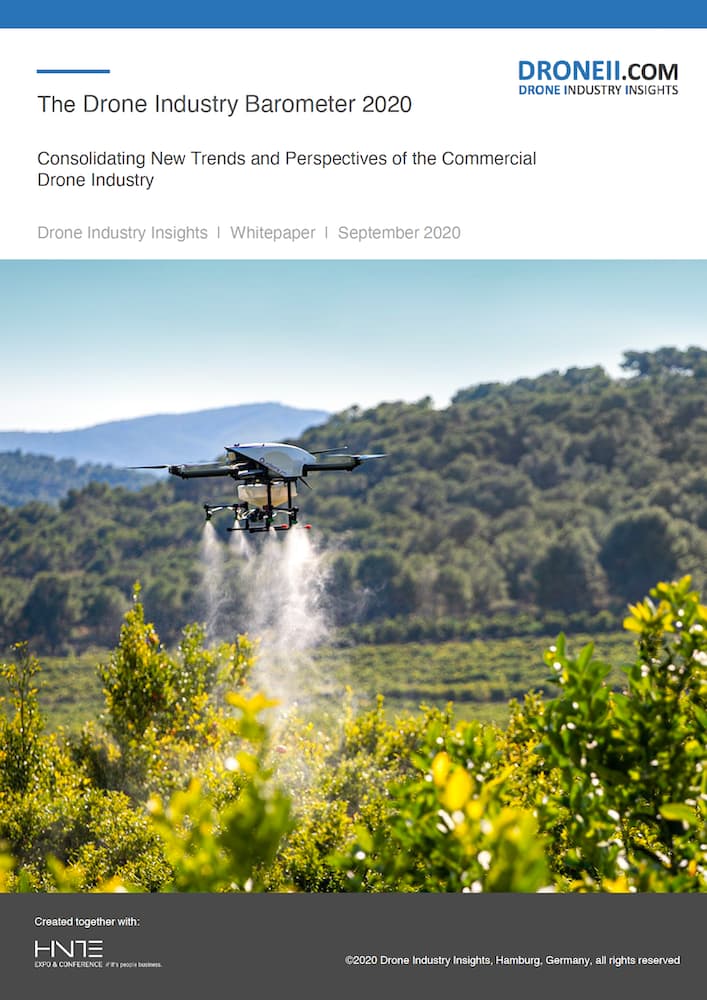With the publishing of our new Drone Regulation Report come a whole set of new drone regulations updates from across the globe. We have collated the updates from the past year into five key topics that industry stakeholders should keep in mind: the 2020 Drone Readiness Index ranking, new EU regulations, an increasing focus on standards, UTM programs and stakeholder concerns with current drone regulations.
The 2020 Drone Regulations Update
Singapore, UAE & Poland Top the DRI
Following some big changes within the Drone Readiness Index (DRI), and the introduction of five new countries (Austria, New Zealand, Nigeria, Poland and South Korea) into the ranking, we have identified new global drone regulatory leaders.
Singapore tops the ranking, having developed their operational scope significantly by making non-standard operations (beyond the visual line of sight – BVLOS, in controlled airspace, etc.) possible through standard Specific Operations Risk Assessment (SORA) methodology. Meanwhile, Poland – a new addition to the ranking – has come second in the DRI, largely due to their increased airspace integration efforts and stakeholder involvement in those. Finally, the UAE has come in third thanks to the significant advantages they present within administrative infrastructure, more specifically the prominence of e-governance.
New EU Regulations to Hit the Ground by January 2021
1st of January 2021 is the deadline for member states to officially implement the new EU regulations, making drone operations in the “open” category possible. While BVLOS flights will now be accepted by using standardized operation scenarios, the next step will be the implementing of “specific” category, where the SORA methodology is a key element of enabling drone operation beyond current limitations and across internal EU borders.
Authorities are Increasingly Focusing on Standards
Drone rules and regulations are immensely difficult to implement successfully without standards. These involve standards on drone platform manufacturing, as well as standards vis-à-vis drone operations. The role of standards is largely to fill a gap between the industry powering ahead with new technology and the aviation authorities looking to keep drone operations safe and their integration into the airspace smooth. Which standards are currently being developed, by whom and for what aim is further described in the Drone Regulation Report 2020.
UTM Programs are Sprouting
Airspace integration has become a major focus for drone regulators across the globe. From the new Swiss U-Space (SUSI) unmanned traffic management (UTM) program, to Poland’s UTM program and major developments across China, Japan, USA and Australia (among others), governments have recognised that they need to build systems to maintain, facilitate and monitor drone traffic.
Through increased private-public cooperation and with the introduction of new UTM initiatives across at least 12 countries, the drone industry is preparing systems of future traffic communication in the airspace in order to avoid collisions as more platforms enter the airspace.
UTM programs, in fact, are not only the focus of national governments as the European Union (EU) have also rolled out an EU-wide UTM project called U-Space which will enable communication between drones in an integrated system across European borders. U-Space is already considered within the EU drone regulation framework with the publication of Opinion 01/2020 (a regulation recommendation by EASA to the European Commission) for a high-level framework of U-space requirements.
One Third of Companies Think of Regulations as Their Biggest Obstacle
While the COVID-19 pandemic has helped simplify drone operation application procedures in some countries, this year’s Drone Industry Barometer again revealed similar attitudes to last year. Over 35% of companies who participated in the survey stated regulatory issues as their main obstacle to drone operations. Overall, companies remain most concerned about restrictive regulations as well as inconsistent regulations across countries which impacts their abilities to expand globally.
Outlook
All five of the key areas of regulations and government measures discussed in this article will remain in focus in the coming year. What changes and what remains the same in the DRI ranking will largely depend on the headway that governments are able to make in cooperating with private stakeholders to create the drone regulations that best help stimulate and facilitate a healthy drone industry. The global health pandemic will likely to continue to impact the industry, as demand for automation increases and consequently special permissions for various drone operations increase in number.
However, while special permissions go a long way to open the door towards more complex missions, they are ultimately only a small step compared to the standardisation of those complex missions through comprehensive regulations. Therefore, the true impact of COVID-19 will remain to be seen in the long term as the industry awaits further integration of drones into airspace, especially urban and suburban areas that are currently heavily restricted.
Download our FREE 2020 Drone Regulations Updates Infographic
This infographic, “2020 Drone Regulations Update”, outlines the key drone regulations updates from the past year.
DRONEII’s token social scientist, Millie has a BA in International Relations from King’s College London and an MSc from the University of Oxford. Earlier, she amongst other things researched Science & Tech policy for the NATO Parliamentary Assembly in Brussels. At DRONEII she particularly looks at drones and international development & global health projects.

